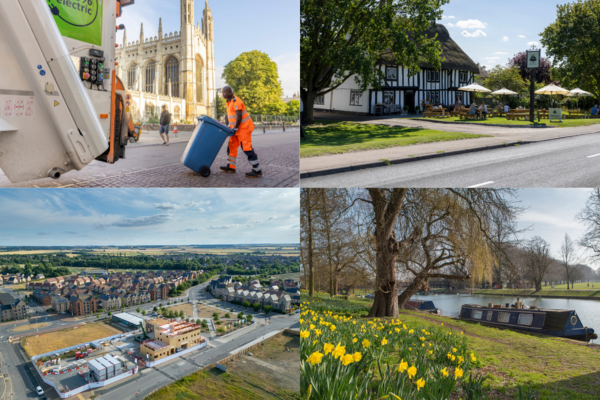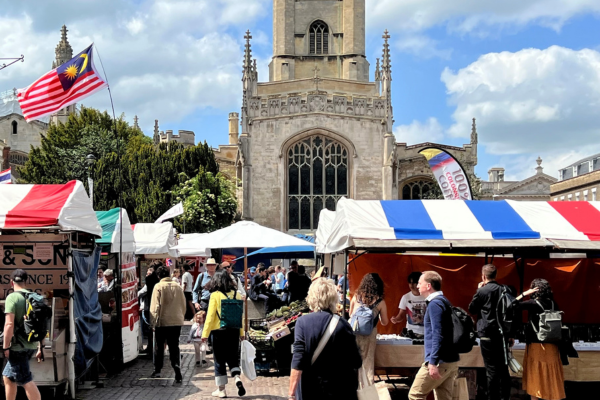We run various volunteer activities on our parks and open spaces, including litter picking. Read about streets and open spaces volunteers if you want to find out more.
Standards
This section provides an outline of common elements of parks and the standards we try to maintain them to.
Grass and hedges
After mowing, all grass shall be left in a clean, tidy, litter-free condition with adjacent pathways cleared if required. Most grass will be mown as required throughout the year, although the main mowing period is between March and October.
All mowing is undertaken in such a way as to cause as little disturbance to the public as possible and will be completed between 7.30am and 7.30pm, Monday to Saturday.
Ornamental grass - for example, the grass surrounding seasonal flower displays or bowling greens - will be cut as required throughout the year.
Where grass areas are planted with naturalising bulbs, the grass will be cut 6-8 weeks after the bulbs have flowered to allow sufficient time for the bulb to regain the necessary nutrients to ensure it will flower the following season. Normal mowing will then resume until the bulbs start to reappear.
Meadow grass areas have been introduced to many open spaces. Many of these areas have been planted with wild flowers, so they will be cut after the main flowering period to give as much chance for pollination as possible.
Where commons are naturally grazed the grass does not require a high level of maintenance, the main requirement being litter control. Where there is limited or no stock to graze, the grass will be cut periodically.
How often a hedge is cut depends on the type of hedge and its location. After cutting all clippings will be removed and the ground around the hedge will be cleared of weeds, litter, and debris.
No hedge will be cut during bird-nesting season (between 31 March and 31 July).
Shrub beds and flower displays
Most of our parks have some elements of shrubbery. The beds are maintained with plants to provide maximum ground cover, allowing the shrubs to grow as closely as possible to their natural form.
Borders are kept weed-free and shrubs are pruned according to the season or as necessary to avoid blocking pathways and views.
Spring and summer bedding areas are planted at strategic locations around the city to provide an ever-changing colour throughout the year.
Summer plants are planted in May and June, and spring-flowering plants and bulbs are planted in October and November. The beds are kept weed-free and watered during the summer.
Many of the public open spaces contain play provision, these vary in size and styles. Visual safety inspections are undertaken on a daily basis to check that equipment is functional and safe. A more detailed monthly engineering inspection checks the structure and integrity of the equipment.
Local nature reserves can be composed of many different habitats with the periodic management of these areas being very different. Our conservation officers oversee the management regimes and involve the wildlife trusts and volunteers in many of the initiatives.



